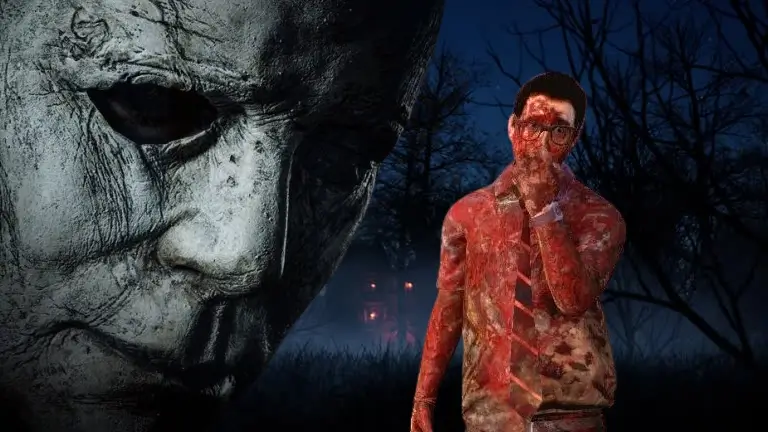Why Do We Feel Desire for Revenge
Why revenge exists? the ancient instinct we still can’t escape, understanding what provokes it.

Humans are one of the few species wired to experience real pleasure from hurting those who hurt us. And even though the world we live in today barely resembles the brutal landscapes our ancestors faced, the brain systems behind revenge haven’t evolved much at all.
Revenge feels primal because it is primal.
So where did this instinct come from? Why do we have it? And why does it feel so good even when it destroys our lives?
To answer those questions, we need to look backward. Far backward.
The Evolutionary Roots of Revenge
Evolutionary psychologists argue that revenge emerged as an adaptive behavior one that gave early humans advantages in survival, cooperation, and mate protection. In early human history stretching back as far as the Pleistocene Ice Age people were beginning to form larger social groups. These groups created opportunities for cooperation, but they also created opportunities for conflict, betrayal, and theft.
If someone stole your food, took your mate, or intruded on your territory, you needed a way to deter that behavior. There were no courts. No police. No social contracts. Only consequences.
Revenge became a primitive form of enforcement.
- It discouraged others from harming you.
- It signaled strength and deterrence to outsiders.
- It protected access to resources, mates, and social standing.
- It increased the chances of survival and reproduction.
In short: Revenge existed because it worked.
Those who retaliated quickly and harshly were less likely to be targeted again. Over thousands of generations, that instinct became embedded in the human brain.
The irony, of course, is that in the modern world, we rarely deal with threats involving life-or-death survival. But the brain still behaves as if we do.
The Brain Biology Behind Revenge
Revenge is not just psychological. It’s biochemical.
When someone humiliates us, betrays us, insults us, or mistreats us whether real or imagined the brain processes it as pain. Not metaphorical pain. Real pain.
The region responsible is the anterior insula, part of the brain’s pain network. This means the brain perceives:
- a harsh insult
- embarrassment
- public humiliation
- betrayal
- rejection
…as though the body itself were being physically hurt.
And when the brain feels pain, it seeks relief. Quickly.
That’s when the reward circuits kick in.
Revenge activates the nucleus accumbens and dorsal striatum the same regions triggered by:
- drugs
- alcohol
- gambling
- sex
- sugar
Revenge literally floods the brain with dopamine.
It is a hit, a rush, a high.
This high fades fast, leaving behind craving the desire for more retaliation, more gratification. The prefrontal cortex, the area that controls logic and decision‑making, gets inhibited. When that happens, people act impulsively, destructively, and catastrophically.
This is why revenge often spirals far beyond the original offense. It is, at its core, a behavioral addiction.
Why Psychological Pain Hurts More Than Physical Pain
One of the most surprising findings in this area is that people get over physical injuries faster than emotional ones. A broken bone may heal in six weeks. But humiliation? Shame? Betrayal?
Those can linger for a lifetime.
Why?
Because psychological harms are threats to identity, and the brain evolved to treat threats to identity as threats to survival.
Our ancestors lived in tightly bonded groups. Losing face, losing status, or losing trust could mean losing access to mates, food, or allies. That meant death.
So humiliation isn’t “just” embarrassment.
The brain experiences it as survival danger.
Even in the modern world where a stranger insulting you online has exactly zero impact on your ability to eat, thrive, or find mates the ancient circuitry doesn’t know the difference.
An insult today is processed the same way as resource theft 50,000 years ago. The result is disproportionate emotional reaction.
Why We Still Seek Revenge for Trivial Things
The modern environment has changed dramatically, but the revenge system hasn’t.
Today, the triggers are less about survival and more about ego:
- Someone criticizes your work.
- Someone mocks you publicly.
- Someone misjudges or disrespects you.
- Someone hurts your feelings.
Objectively, none of these are life-or-death.
Subjectively, the brain treats them as if they are.
This mismatch ancient brain vs. modern environment creates the maladaptive revenge patterns we see today. We treat minor psychological slights like existential threats.
That’s why a small insult can spark enormous retaliation.
Why an argument can escalate into violence.
Why online feuds spiral into obsession.
Why people become consumed by the desire to get even.
Revenge is the brain misfiring in a world it wasn’t designed for.
The Worst Triggers for Revenge
If you wanted to provoke the deepest, strongest revenge response in someone, these are the categories that generate it:
- Humiliation
- Betrayal
- Shame
- Identity injury
- Injustice
- Perceived mistreatment (even if imagined)
The key word is “perceived.”
The brain does not distinguish between real and imagined threats.
A slight that exists only in your interpretation still activates the same pain network, the same craving for dopamine release, the same revenge circuitry.
This is why revenge fantasies themselves feel good. Just imagining hurting someone who wronged you activates the reward system. No action needed.
Why Revenge Often Targets the Wrong Person
One of the strangest aspects of revenge behavior is that the brain doesn’t require the target to be the original offender.
Any convenient proxy will do.
You’re humiliated by your boss → you yell at your partner.
You feel disrespected by a stranger → you lash out at a friend.
You’re betrayed by someone you can’t confront → you harm a stand‑in.
To the brain, as long as someone pays, the dopamine flows.
This is why cycles of violence spread.
Revenge is contagious.
Why Calling Actions “Evil” Misses the Point
Many acts of vengeance look like pure evil from the outside. But “evil” is not a biological category. It’s a moral label attached to behaviors we don't understand.
You can’t find “evil” in the brain.
You can’t scan for it.
You can’t measure it.
What we interpret as “evil” is often:
a craving for relief from psychological pain,
driven by the same addiction pathways as drugs or gambling,
but requiring harm to another person to produce the high.
That doesn’t excuse the behavior.
It explains it.
And explanation is the only path to prevention.
The Two Lessons We’re Still Failing to Learn
If revenge is a universal human instinct ancient, automatic, and addictive then there are only two rational responses:
1. We must understand what provokes it.
Psychological injury is more dangerous than physical injury.
Humiliation, shame, and injustice are psychological explosives.
Words can trigger cycles of retaliation as powerfully as violence.
Knowing this is essential in a world where social media amplifies humiliation instantly and publicly.
2. We must understand when the instinct is firing inside us.
Everyone feels victimized at times.
Everyone experiences shame, betrayal, and indignation.
Everyone has revenge cravings.
But if we don’t recognize those cravings for what they are ancient programs running on obsolete hardware they lead to tragedy.
Entire wars, feuds, and social collapses have been driven not by necessity but by the inability to let go of an insult.
Revenge Is an Ancient Tool in a Modern World
Revenge exists because it was once adaptive.
It kept us alive when threats were real and immediate.
But today, the instinct is mismatched to the world we inhabit.
We’re no longer fighting over food, shelter, or mates.
We’re fighting over ego, identity, and pride.
Yet the brain reacts to both as if survival hangs in the balance.
That’s why revenge feels intoxicating.
Why it feels righteous.
Why it blinds us.
Why it destroys us.
And why understanding it finally, clearly is the only way to escape it.




